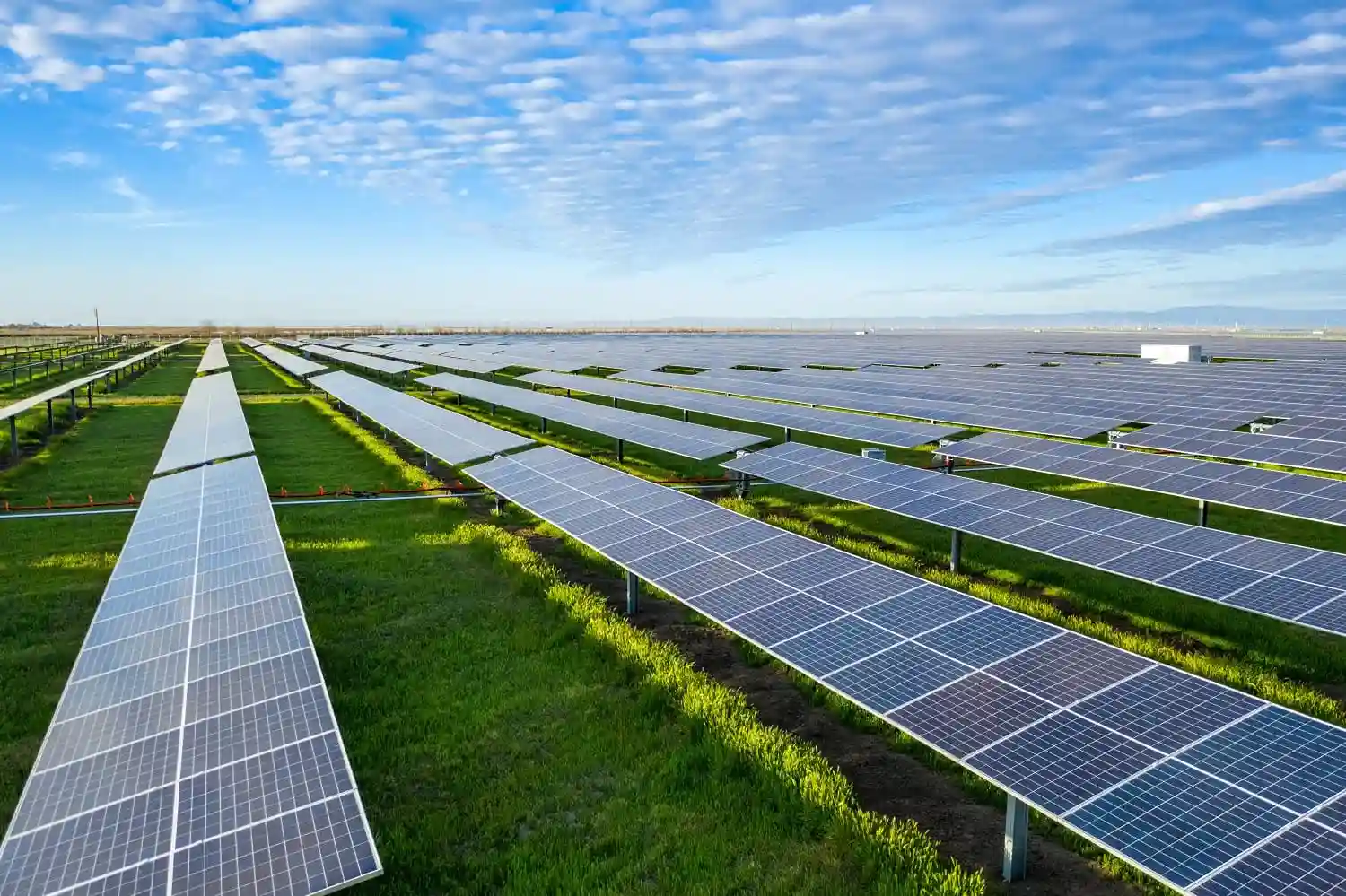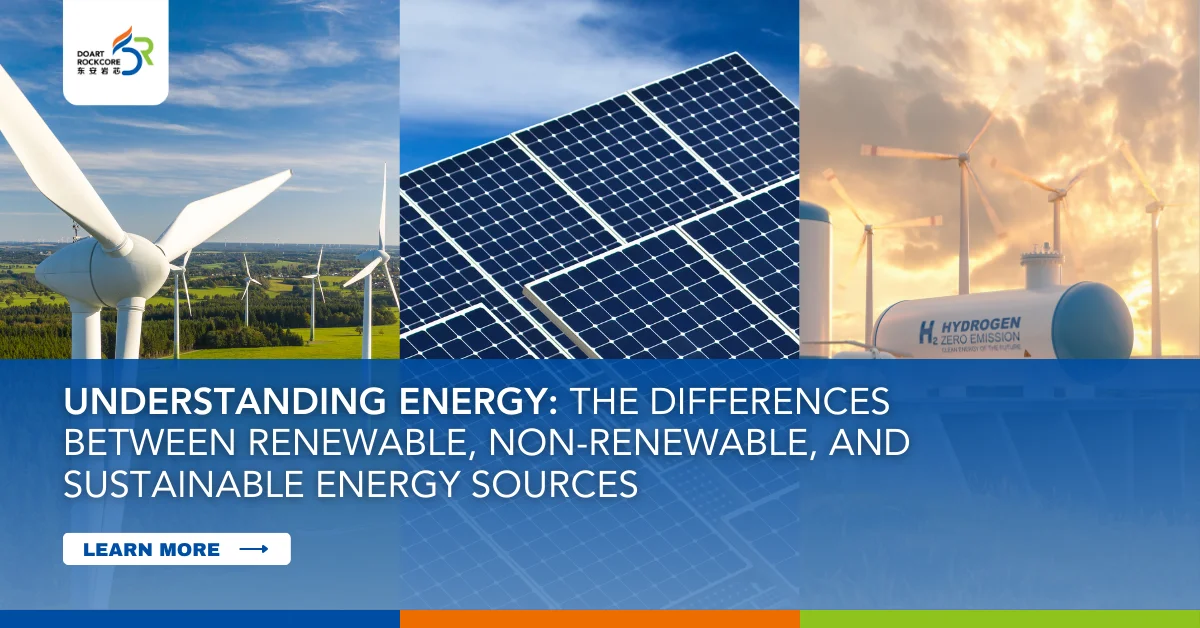Energy powers our daily lives, but where does it come from? You must have always heard about the sources: renewable, non-renewable, and sustainable, but do you understand the basic difference between these different types of energy sources? In this article, we’ll explore the basics of three main types of energy sources.
By understanding these energy types, we can make better choices for our environment and our future. Keep reading this article to find key details about different types of energy.
Renewable Energy
Renewable energy is the energy produced through renewable energy resources, which are those resources that cannot be exhausted even after continuous utilization. It is considered a more sustainable solution for our energy needs as they do not produce pollutants and greenhouse gases like non-renewable resources and energy.

Examples of renewable energy are solar energy, wind, and tidal energy. All these types of energy come from natural resources like the sun and wind, which can’t be exhausted even after long-term utilization and reduces climate change.
Non-Renewable Energy
Non-renewable energy is created from non-renewable energy resources, which are those resources that are depleted after excess utilization. Some of the best examples of non-renewable energy resources are fossil fuels which include coal, petroleum, and natural gas.

While renewable energy resources are known to reduce climate change, non-renewable energy sources are the biggest contributor to climate change. They release CO2 and pollute the environment. Also, one of the major problems is that these resources can be depleted which means a lack of these resources for future generations and the environment.
Sustainable Energy
Some people interchange the terms renewable and sustainable energy, thinking these both are the same types of energy. However, these two are different types as all renewable energy resources can’t be sustainable. The difference between renewable and sustainable energy is that the sources of sustainable energy can maintain current operations without negatively impacting the climate of future generations.

Solar, wind, and hydropower come under the sustainable types of energy and are also considered renewable energy resources. However, some forms of bioenergy, like biofuels made from certain crops (e.g., corn or palm oil), can be considered renewable but not sustainable. This is because growing these crops often leads to deforestation, habitat loss, and high water usage, which can harm the environment and reduce the overall sustainability of the energy source.
How are these three types of energy different from each other?
So far, you must have got the idea from the definitions of how these three types of energy differ. Now, let’s get into the details of their major differences. Renewable energy sources don’t deplete over time, while non-renewable sources do. Renewable sources have less carbon emission and non-renewable has a higher carbon footprint and emissions.
If we talk about the upfront cost, the upfront cost of renewable sources is higher as compared to non-renewable energy sources. Similarly, the infrastructure required for renewable energy sources is higher as compared to non-renewable energy resources. But the long-term benefits of renewable energy for our environment are higher.
Difference between renewable energy and sustainable energy
Now coming towards sustainable energy, it is the same as renewable energy as it also doesn’t rely on non-renewable resources and doesn’t cause global warming. However, it is also different from renewable energy as it’s not only renewable but also environmentally friendly. It is one step ahead of renewable energy as it ensures that the energy use doesn’t have any harmful impact on the environment.
Is solar energy a renewable or nonrenewable resource?
Solar energy comes from natural resources, i.e., the sun. Sunlight is abundant, the excess utilization of it won’t make it deplete over time. Therefore, solar energy is considered a renewable energy. However, it is not only renewable but sustainable energy too because it can be utilized without causing the exhaustion of its resources.
Additionally, solar panels that are used to convert solar energy into electricity have a longer lifespan and can be recycled, which makes it a sustainable solution for our energy needs. Not only does it reduce climate change but also contributes to cleaner and cost-effective energy solutions.
Summing it up!
Understanding the differences between these three types of energy is essential for making informed choices about energy consumption. Renewable energy, like solar and wind, offers endless supply and minimal environmental impact. On the other hand, non-renewable sources, such as fossil fuels, contribute to pollution and are limited in supply. By choosing renewable and sustainable energy sources like solar energy, we can help protect the environment.

